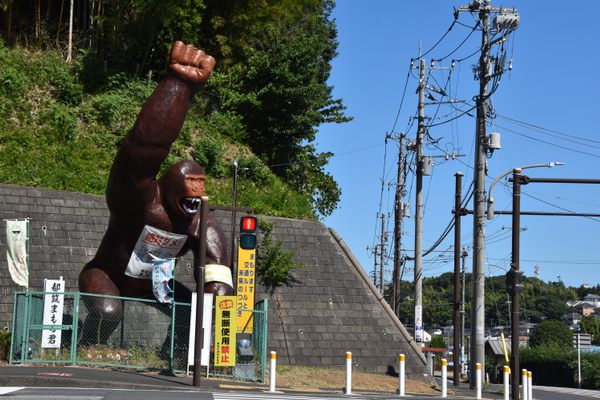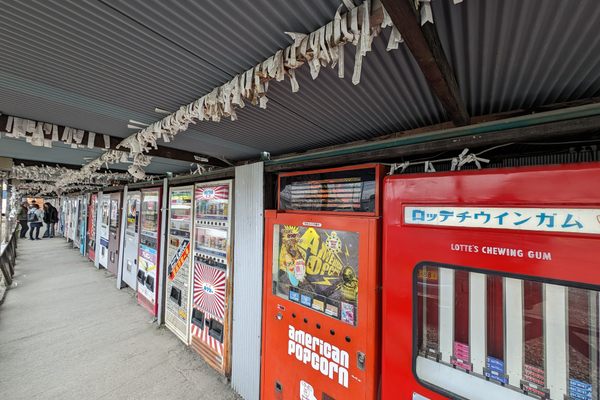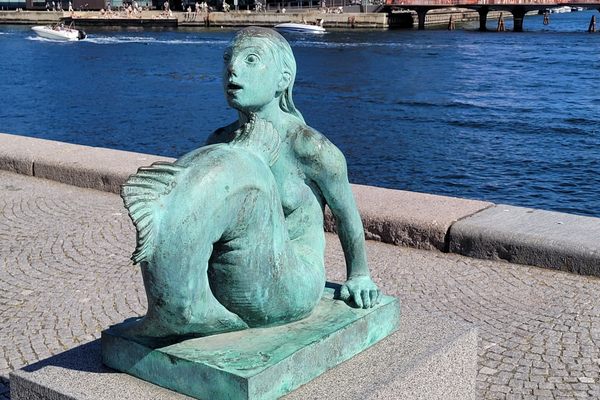AO Edited
Tengu Stelae of Naruse
Three rare “road guardian” stelae with reliefs of the Tengu can be found in the town of Naruse.
In traditional Japanese beliefs, dōsojin is a stele erected on the side of a major road or street as a symbol of some guardian divinity that protects the village, as well as travelers passing by. The deity is sometimes depicted as a pair of man and woman, or as a phallus, but most dōsojin stelae are simple blocks of stone with the inscription “dōsojin.” However, there are numerous regional variants known across Japan.
In a town called Naruse in the Tokyo suburb of Machida, three rare examples of dōsojin can be found. Here, the guardian god takes the form of the Karasu-Tengu, a mythical creature or demon resembling an ascetic with the head of a crow, holding a fan that is said to possess supernatural powers.
The three stelae were erected in the 18th century, the oldest dating back to January 1729. Another is dated July 1737, while the inscription of the third one is illegible, faded over the years. Considered one (or three) of a kind, it gives you an unusual look at Japanese culture, a mix of its yōkai folklore and traditional beliefs.

















Follow us on Twitter to get the latest on the world's hidden wonders.
Like us on Facebook to get the latest on the world's hidden wonders.
Follow us on Twitter Like us on Facebook